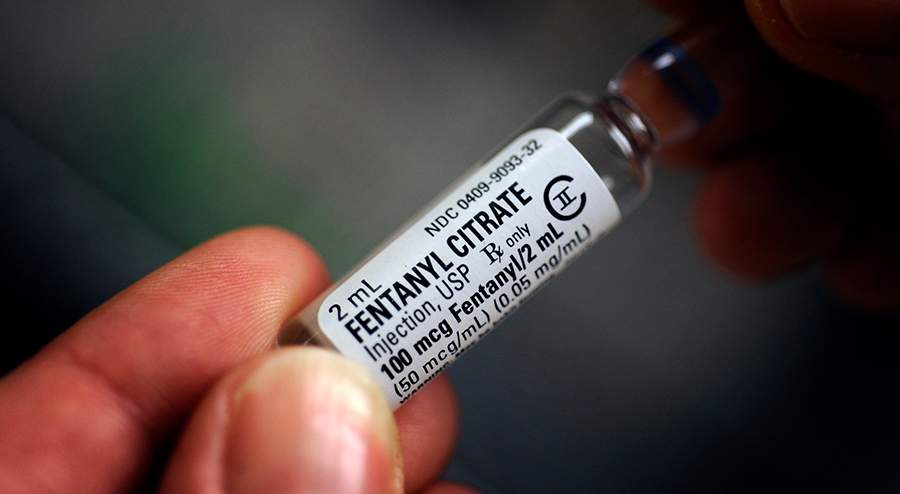Consider the possible repercussions of more ‘bang’ for your buck. And consider the inverse.
The thriving cannabis industry has been dealt another blow as the federal government continues to deprive it of necessary regulations. An analysis of cannabis edibles purchased from dispensaries in Los Angeles, Seattle and San Francisco unveiled a worrisome trend: only 17% of the products contained the desired – or advertised – amount, while 23% contained more and 60% contained less. And in many cases, not just a little less.
Consequently, patients are being left in the dark regarding their dosages – serious misinformation in medications that could lead to undesirable effects and negative press.
The labeling of medication is typically regulated by the federal government, and states that have legalized cannabis are yet to be held accountable. Acquiring adequate regulation and consistent quality standards in the cannabis industry depends on legalization at the federal level, but in order to do so, states have to be proactive in the regulation of cannabis manufacturing practices.
Until states are able to fix this problem, convincing an unwavering anti-cannabis community of this medicine’s ‘validity’ may be a recurring difficulty.
Unfortunately for the progression of federal cannabis policy, modern society has abided by the antiquated stereotype of the Reefer Madness variety, somehow managing to divorce the ideas of getting too high on cannabis from taking too much Oxycontin. Then proceeding to compare the two while neglecting the frequencies of each – not too mention the many other dangerous substances like alcohol, cocaine, morphine and more – as well as the fatalities and perceived ‘conventionality’ of each substance.
So it seems as though cannabis is lacking what Americans really crave: marketing, branding and at the very least a semblance of consistency. As the marijuana market naturally grows into yet another offspring of American commerce, it seems to be heading in the direction of reflecting the ideals and desires of its customers.
Still, the lack of federal support – the prohibition, the highly restrictive research regulations – stands in the way of cannabis finding advocacy from the thoroughly unconvinced: a requisite demographic for any future advancement in federal policy. As seen in this study, the lax regulatory standards implemented by green states are indicative of a potentially volatile and inconsistent product, which the average American consumer is averse to. This same impulse and fear drives the science and business behind a glistening, uniform aisle of produce, or a weekly pill box labeled by day, dosage and manufacturer.











